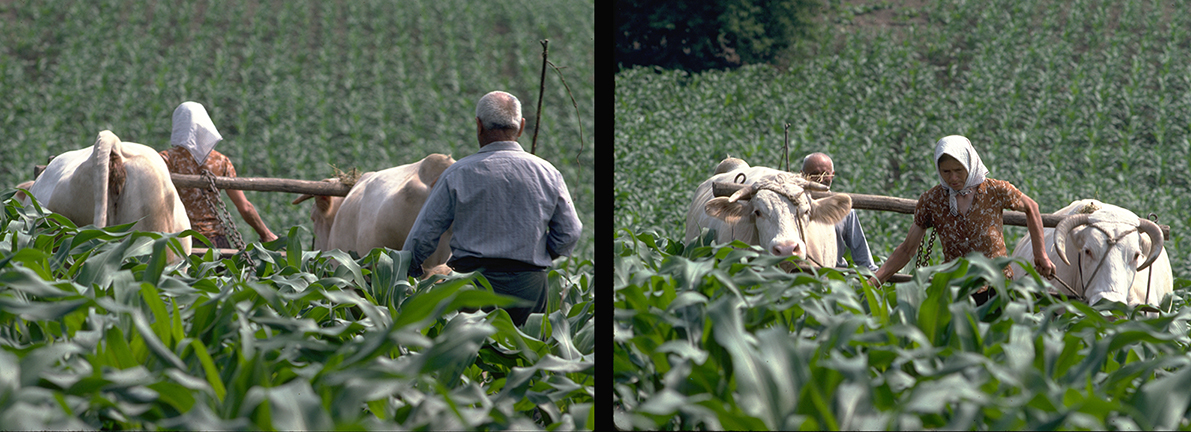
My original conference paper pre-Wedge (1988)
I have found it a fascinating exercise to compare my manuscript that was distributed before the Wedge conference with that submitted for publication after the conference. If you go to the last paragraph of the former, you will see what prompted Henrietta Moore to ask “how do you envisage these households?” The conference contributed enormously to my intellectual transformation into a Post-Processualist practicing archaeology as a feminist. I could not have had the patience, however, to turn my paper into a chapter for the book without the help of Meg Conkey, Joan Gero and Alison Wylie. Just for fun, you can download the original Pre-Wedge manuscript here.
Households with Faces: the challenge of gender in prehistoric architectural remains (1991)
The original version of this chapter was a presentation entitled “Making the Invisible visible: women in households, housefulls, and archaeological house remains” given at an NSF-funded research conference Women and Production in Prehistory, organized by Joan Gero and Margaret (Meg) Conkey, at the Wedge Plantation (facility of the Univ. South Carolina), Georgetown, South Carolina in April 1988. The organizers invited “researchers who had a solid and demonstrated working knowledge either of specific classes of archaeological data ….. and/or of particular perspectives in prehistory….. Participants all agreed to become involved in restructuring their own data, or data with which they had long familiarity, or in reformulating familiar research questions along radically new lines (although many confessed they hadn’t a clue as to how to begin). The emphasis was deliberately placed on prehistoric analyses rather than on ethnoarchaeological, historic, or ethnohistoric studies since prehistoric contexts presented the greatest methodological challenges to our androcentric thinking, and all researchers were charged with producing tightly focused case studies in which gender was an explicit analytic category.” (from the Preface to Engendering Archaeology (1991) by J. Gero and M.W. Conkey).
As I describe in the box on the left, I found this charge very difficult to address. But the transformation from the pre-Wedge contribution to the post-Wedge version acted as a catalyst for my development of a very different kind of archaeological narrative, one that focused on people rather than institutions,on practice rather than evolution, and on multiple scales(including intimate scale) of interpretation in addition to multiple scales of observation and analysis. Very quickly on the heels of the Wedge conference, I was experiencing a liberating way – facilitated by the consumer digital software and hardware revolution as well as the WWW – of visualizing households with faces.
Abstract
Citation
Tringham, Ruth (1991) Households with Faces: the challenge of gender in prehistoric architectural remains. In Engendering Archaeology: Women and Prehistory:, edited by J. Gero and M. Conkey, pp. 93-131. Basil Blackwell, Oxford.
Reviews
Mary Whelan (1992) in American Antiquity 57:3 553-556. download
George Nicholas (1994) in Current Anthropology 35:4 448-450. download
Barbara Voorhies (1992) in American Anthropologist 1992 94:4. 1005-1006. download
Genevieve LeMoine (1994) in Canadian Journal of Archaeology 18, 143-147. download
Sharon Tiffany (1991) in Feminist Collections 13(1) 5-8. download
Sandra Ovrevik(1991) in Antiquity 65: 738-741. download
DS(?) (1991) Times Literary Supplement Feb 15 1991, pp10. download
